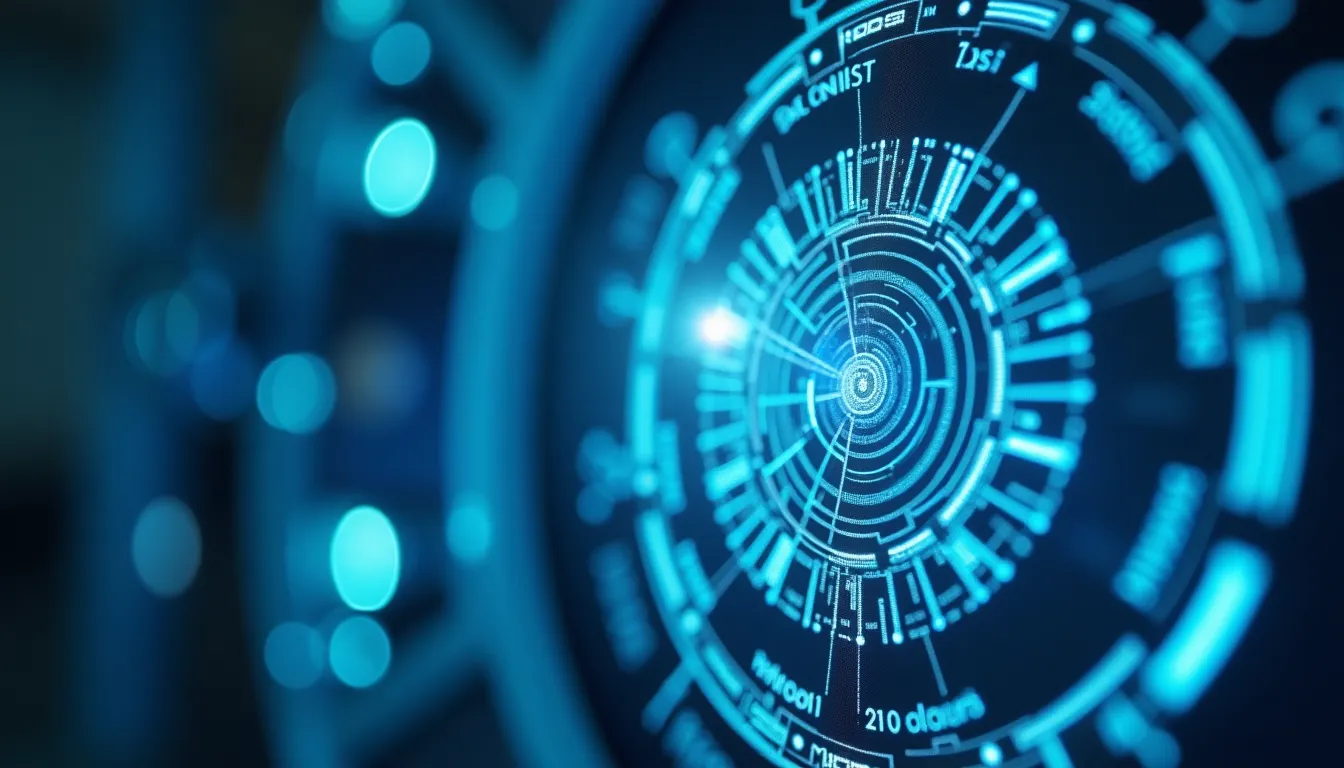Recent advancements in quantum radar technology have garnered significant attention for their potential to transform military applications. Unlike conventional radar systems, which rely on electromagnetic waves, quantum radar utilizes the principles of quantum mechanics to detect objects with unparalleled precision and stealth capabilities. This article delves into the latest breakthroughs in quantum radar technology, its implications for military operations, and the future landscape of radar systems.
Understanding Quantum Radar Technology
Quantum radar is built on the foundation of quantum entanglement and superposition, allowing it to detect objects in ways that traditional radar cannot. By emitting entangled photons and analyzing their return signals, quantum radar systems can achieve high sensitivity to weak signals, making them particularly effective against stealth targets designed to evade detection.
Key Technical Specifications
- Entangled Photons: Quantum radar systems utilize pairs of entangled photons that are emitted towards a target and reflected back. The unique properties of these photons enhance the radar’s ability to detect minute changes in the environment.
- Noise Resilience: Unlike conventional radar systems, which can be significantly affected by noise and jamming, quantum radar is inherently more resistant to interference due to its reliance on quantum properties.
- Range and Resolution: Preliminary tests suggest that quantum radar can operate effectively at longer ranges and with higher resolution than traditional systems, which is paramount for military surveillance and reconnaissance missions.
Military Applications and Advantages
The military application of quantum radar technology is vast and varied. As nations invest heavily in stealth technologies, such as stealth aircraft and submarines, the need for advanced detection systems becomes increasingly critical. Quantum radar offers several advantages that could redefine military strategy:
- Enhanced Target Acquisition: Quantum radar’s ability to detect low observable (LO) targets enhances situational awareness for military operations. As stated by Dr. Emily Carter, a leading physicist in quantum technologies, “The capability of quantum radar to detect stealth targets could change the way military forces plan and execute operations.”
- Improved Surveillance: With its superior detection capabilities, quantum radar systems can provide real-time intelligence, which is vital for tactical decision-making. This could help military forces to monitor adversaries more effectively, reducing the risk of surprise attacks.
- Stealth Operations: The reduced likelihood of detection by adversaries means that military assets can operate in higher-risk environments with greater confidence. As noted by military strategist John Thompson, “The integration of quantum radar into existing radar systems could enable unprecedented stealth capabilities, allowing forces to maneuver without being detected.”
Current Developments in Quantum Radar
Several defense organizations and research institutions are currently exploring quantum radar technology. Notable projects include collaborations between universities and defense contractors to develop prototypes that can be tested in real-world scenarios. For instance, a consortium involving MIT and Raytheon recently announced a prototype quantum radar system that is slated for field testing next year.
Challenges Ahead
Despite its promising capabilities, quantum radar technology is not without challenges. The complexity of quantum systems means that developing practical and reliable quantum radar solutions will require significant investment and research. Furthermore, there are concerns regarding the operational integration of quantum radar with existing radar systems, which could complicate military logistics and training.
The Future of Radar Systems
As quantum radar technology matures, it is likely to coexist with conventional radar systems, leading to hybrid solutions that leverage the strengths of both technologies. Military organizations worldwide are expected to begin integrating quantum radar capabilities into their existing radar systems, enhancing overall effectiveness. Moreover, as quantum radar technology continues to evolve, there are potential applications beyond the battlefield, such as in civil aviation, search and rescue operations, and environmental monitoring.
Conclusion
Quantum radar represents a significant leap forward in radar technology, with the potential to revolutionize military surveillance and operations. As nations continue to invest in advancing this technology, the future of radar systems looks poised for a transformative shift. The implications of these advancements will not only reshape defense strategies but could also lead to improvements in various civilian applications, making quantum radar an area worth monitoring in the coming years.
In summary, with its unique properties and capabilities, quantum radar stands at the forefront of technological innovation in the aerospace and defense industry, paving the way for a new era of detection and surveillance.



